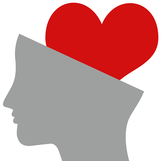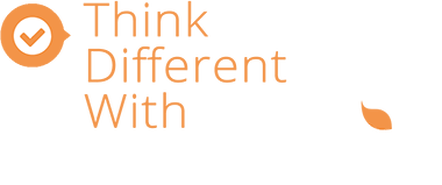
Strokes can happen to anyone, at any time, at any age. During National Stroke Awareness Month you are encouraged to learn stroke symptoms and what to do if you spot them. Up to 80% of strokes can are preventable – when symptoms are recognized quickly, and the person receives immediate medical care.
Common stroke symptoms:
• Abrupt numbness - especially on one side of the body or weakness of face, arm or leg
• Trouble speaking, confusion, or understanding
• Unexpected trouble seeing in one or both eyes
• Loss of balance, coordination, trouble walking and dizziness
• Severe headache with no known cause
If you see someone experiencing any of these symptoms, or if you are experiencing them yourself, call 911 immediately. Per the stroke.org website, appropriate treatment is more effective if given quickly; a simple way to help remember the symptoms of stroke is to act FAST with the Face, Arms, Speech Test:
• F = FACE: Ask the person to smile
Do both sides of the face move equally? - Normal
Or does one side of the face not move at all? - Abnormal
• A = ARM: Ask the person to raise both arms
Do both arms move equally? - Normal
Or does one arm drift downward compared to the other? - Abnormal
• S = SPEECH: Ask the person to speak a simple sentence
Does the person use words with no slurring? - Normal
Do they slur their speech? Use wrong words or cannot speak at all? – Abnormal
• T = TIME: Call 911
Every minute makes a difference; if you observe any of these symptoms,
Call 911 immediately
As mentioned, many strokes are preventable if you pay attention to pre-existing medical conditions and control lifestyle factors such as diet and exercise. The National Stroke Association recommends the following stroke prevention guidelines.
• Know your blood pressure
• Find out if you have atrial fibrillation – a type of irregular heartbeat
• If you smoke, stop
• If you drink alcohol, do so in moderation
• Find out if you have high cholesterol
• If you have diabetes, follow you doctor’s recommendation carefully to control your diabetes
• Incorporate physical activity that you enjoy into your daily routine
• Enjoy a low-sodium (salt) and low-fat diet
• Ask your healthcare professional if you have circulation problems
Some patients of stroke make a full recovery while others suffer from long-term effects in various degrees; several types of treatments available to improve their wellness post-stroke. It’s important to stay active after a stroke, including physical therapy, occupational therapy, speech and language therapy, and recreational therapy.
This blog is brought to you by the Team at Meliora! Let us explore the wellness platform 'plan of action' that’s right for your company; we will assist with each step of building the concept to implementation; we work hands-on to find solutions.
Put our imagination, passion, innovation and creation to work for your company today - Call Bill Johnston at 817-546-2953 or via email at [email protected]
We Help You Engage Your Employees - Meliora - In Pursuit of Better
 RSS Feed
RSS Feed
